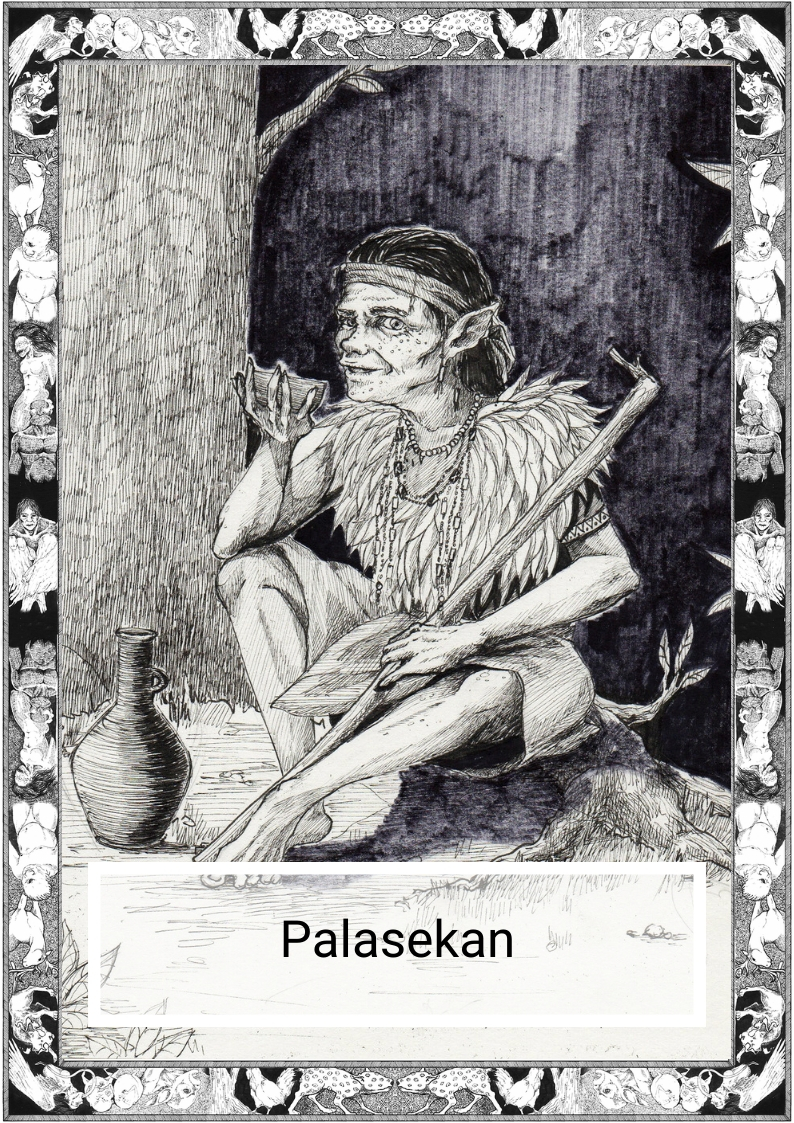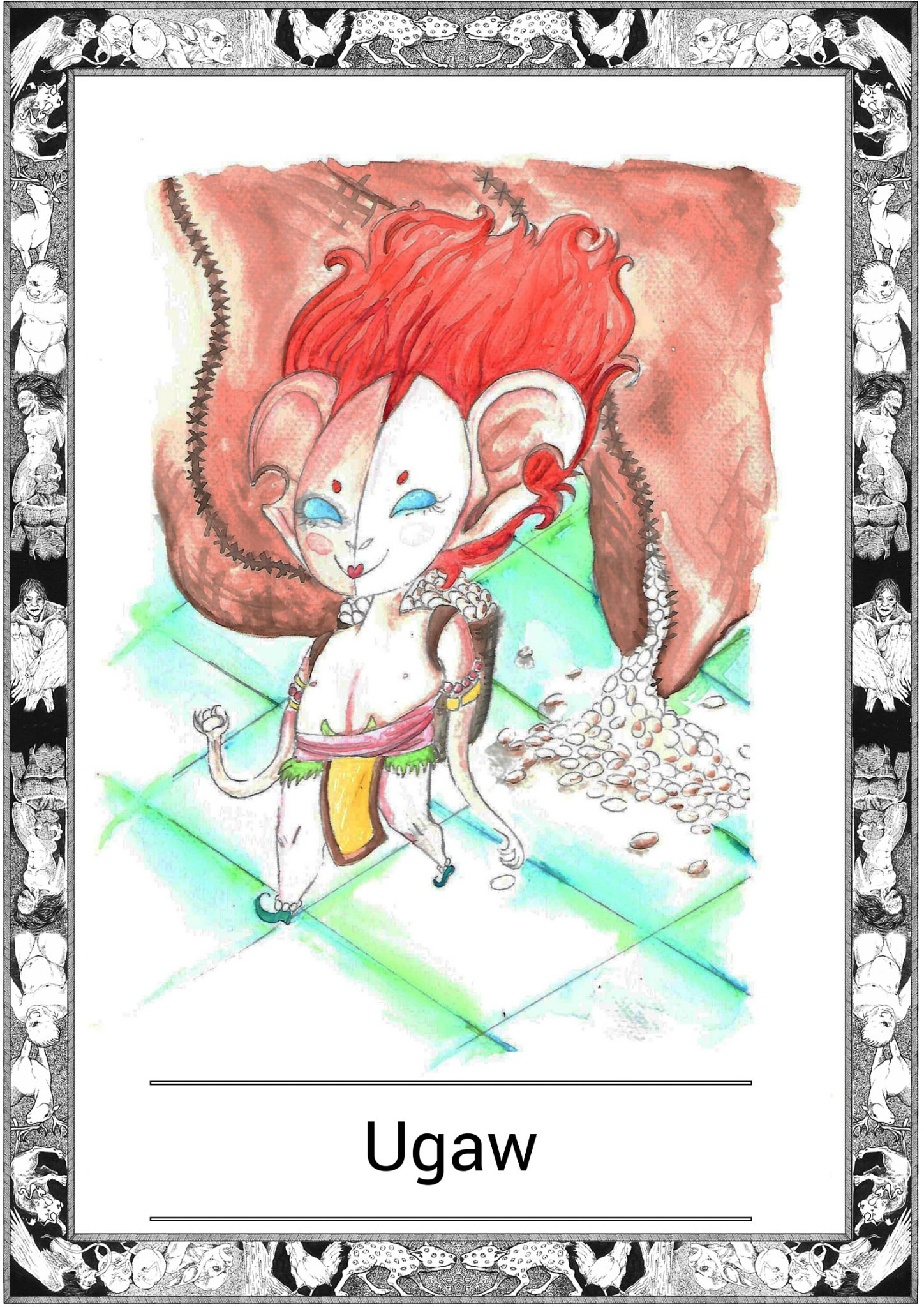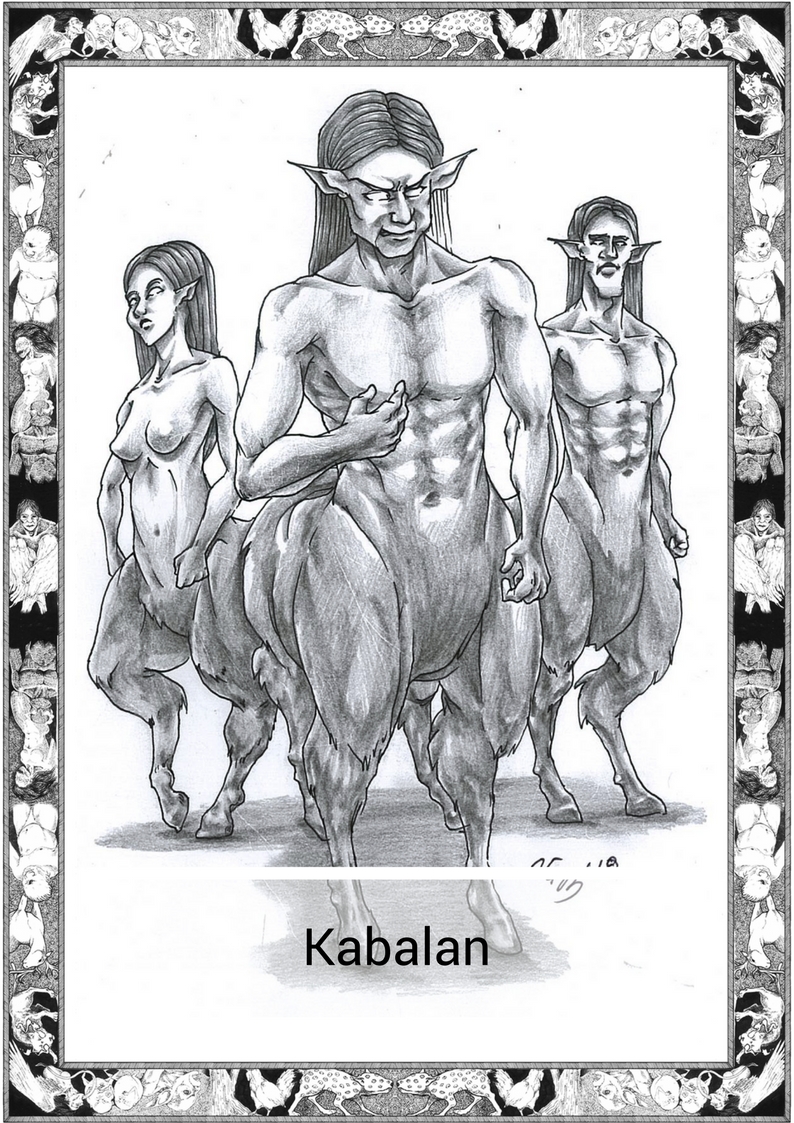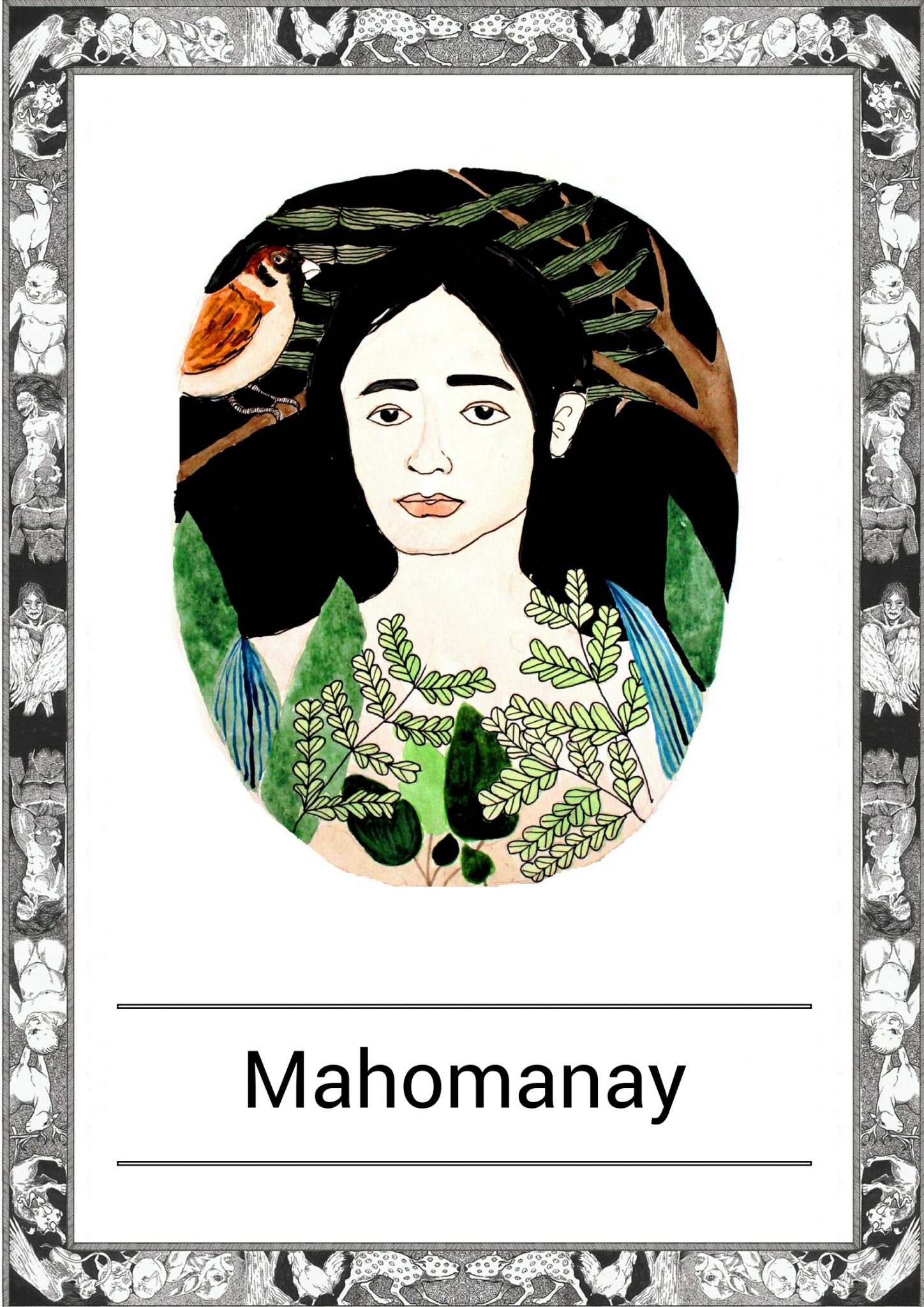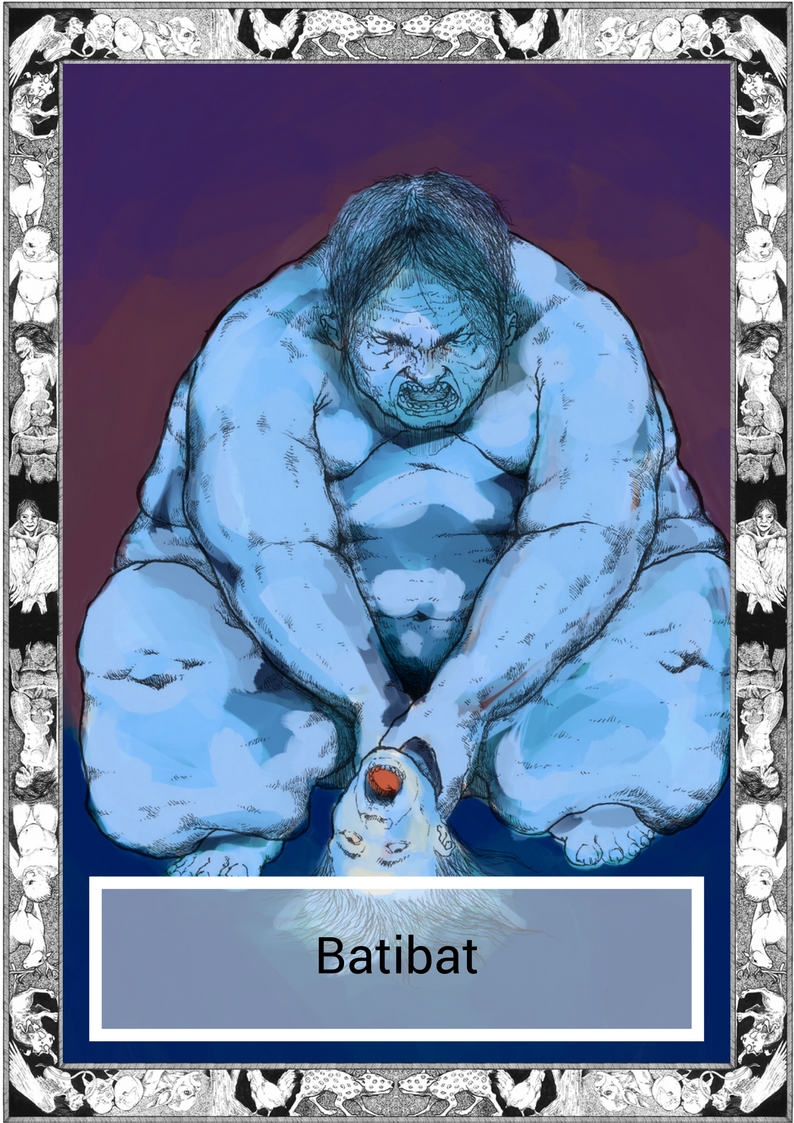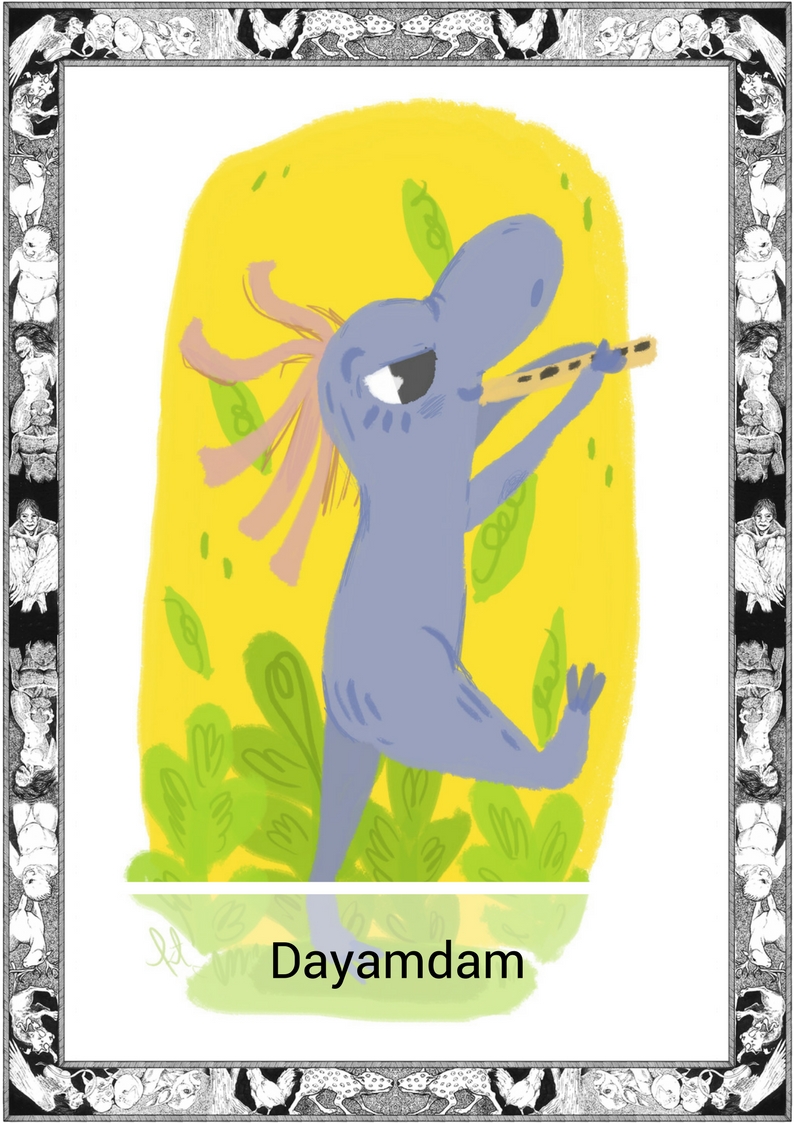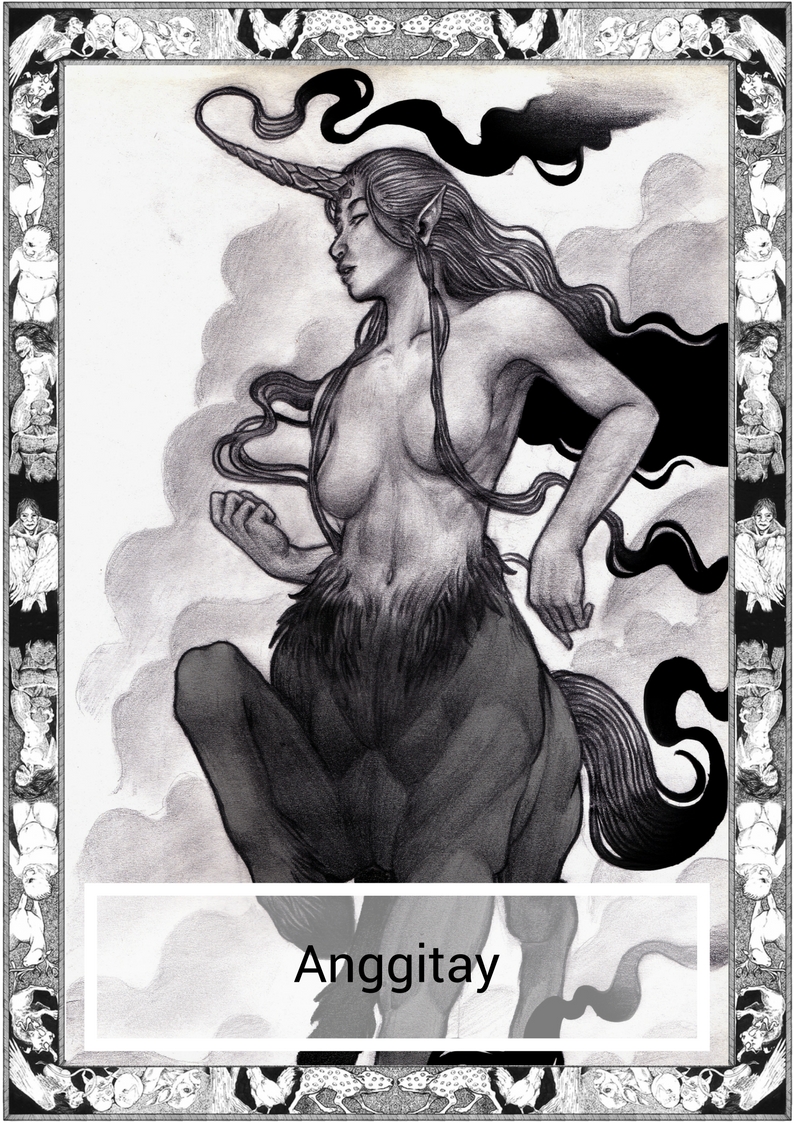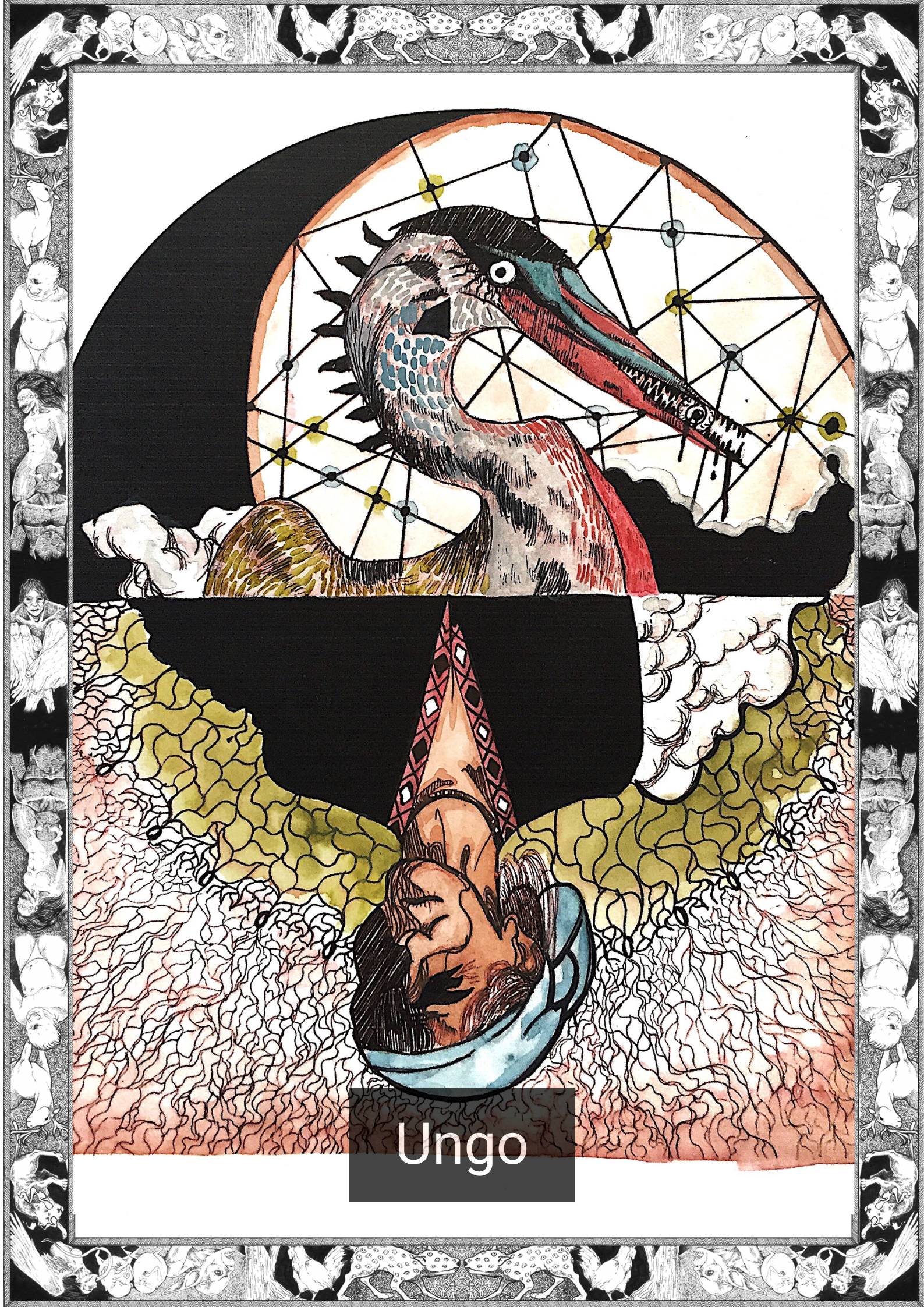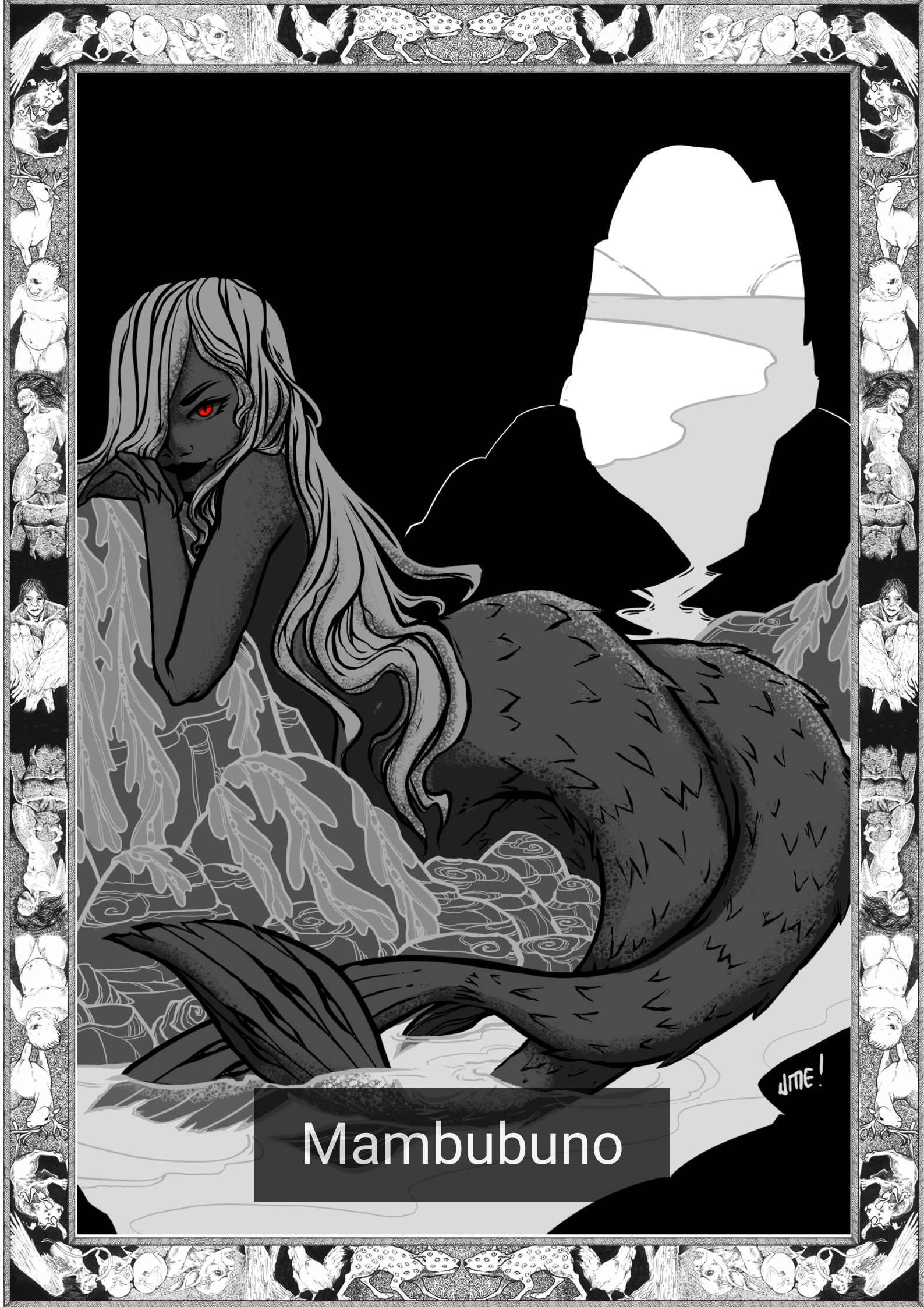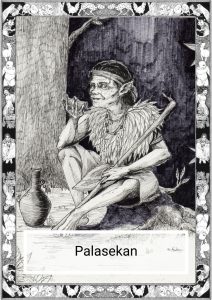
*Note this story is in Ilocano
Iggem ti masangwanan adu nga waya kadaguiti mangbirok dalan na, ngem adda met daguiti makakita pinagpababa ken panagayus ti kinaagnanayon. Ket sadi buya da ket agsasala awan patinggana, haan nga mabilang nga posibilidad kadaguiti kinaagpaysuanan, inya nga mabalin, ken inya ti masapul.
Pagsiddaawan daguiti nasirib nu ti masangwanan ket pagbaludan. Pudno, agpayso a pannakaammo ti masangwanan mangpasagid iti kinaipapananna mangipatalek iti kinaadda iti masangwanan. Ket nu kastoy ngarod amin nga kararua ket naibalud iti sala ti biag nga awan serserbina. Nu ania ti mapasamak, ket mapasamakto. Gasat iti agpayso nga among iti law-ang.
Ket adda met mangibaga nga ti masangwanan ket kas maysa a karayan nga adda pangsangaan na. Amin nga panagtignay ket manglukat ti baro nga posibilidad nga mabalin nga mangpaadu inggat awan patingga. Kadaguitoy ngarod nga tabay ket haan mabilang nga masangwanan ket mabalin amin, nalikmot nga pagayusan ti masangwanan, ket maaramid nu ti linteg iti pilien: naduma nga posibilidad ti waya-waya ket maiaplag, nga pati saan pay nga ammo ket madanun na.
Nakaam-amak nu man pay ket masangwanan saan met gayam nga agpayso. Ket iti napalabas, agdama ken masangwanan mabalin nga agpayso kenya tayo, ngem agpannuray laeng babain ti panagmatmat tayo. Kinapudno ket naituding babaen ti awan patingga, sadiay sangaraay nga panawen, baet ken tiempo ket naibelleng sadi uppat a dimensionna nga kinaranggas.
Aniaman iggem ti masangwanan, daguiti makakita ket awan mabalinna nu ‘di ket aramiden ti pasetda. Mabalin nga isuda iti giya sadi naragsak a kinaagnanayon, wenno abalbalay da met laeng gayam iti naulpit nga panagay-ayam ti lubong. Ngem, aniaman nga kasasaad ti mabalin nga kinaagpayso, inumin da daguiti arak da ken patukaren da latta daguiti musika da.
Makita da nalabes nga bengbeng iti kinaagnanayon. Ken maag laeng ti haan dumngeg kadaguiti sagawisiw ti kakayuan.
=—————————-=
English Version
The future holds many paths to those that seek them, yet there are beings that can see into the ebb and flow of eternity. In their gaze dances the infinite, the scores upon scores of possibilities of what can, what will, and what must.
One cannot help but wonder if the future is our prison. True, accurate knowledge of the future implies that there is an assured existence of a future. If this is the case then all souls are bound to the meaningless dance of life. What will happen, will happen. Fate is the true master of the universe.
Then there are those that say the future is a branching river. Each action opens up a host of new possibilities that multiply into infinity. It is through these choices that uncountable futures are made, a winding stream of futures that may be, and will only come into existence if the right choices are made, infinite possibilities stretching into the unknown.
The most frightening future of all is one that doesn’t exist. The past, present and future my be real to us, but that is only dependent on our point of view. Reality is ordered through an infinite, one where clumps of time, space and space-time are thrown into four-dimensional chaos.
Whatever the future holds, those that see have no choice but to play their part. They may be the guide to a blissful eternity, or mere puppets in a cruel universe’s game. But either way they will drink their wine and play their music.
They see past the veil of eternity. Only the foolish would not listen to the whistles in the trees.
*Ilocano is the third most-spoken local language of the Philippines.An Austronesian language, it is related to such languages as Malay (Indonesian and Malaysian), Tetum, Chamorro, Fijian, Maori, Hawaiian, Samoan, Tahitian, Paiwan and Malagasy. It is closely related to some of the other Austronesian languages of Northern Luzon, and has slight mutual intelligibility with the Balangao language and the eastern dialects of the Bontoc language.
Written by Karl Gaverza
Ilocano translation by Jerraine Ruth
Copyright © Karl Gaverza
Translation Copyright © Jerraine Ruth
Inspired by the Palasekan description in Creatures of Philippine Lower Mythology. Ramos. 1971.
Palasekan Illustration by Fam Telmo
FB: https://www.facebook.com/famskaartyhan/
Instagram: @famskaartyhan
